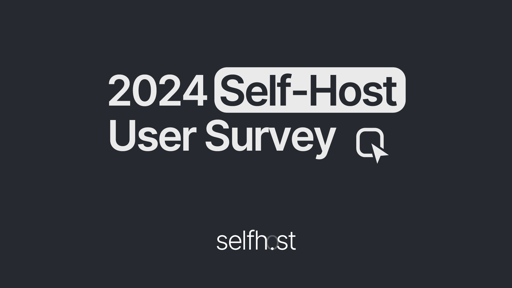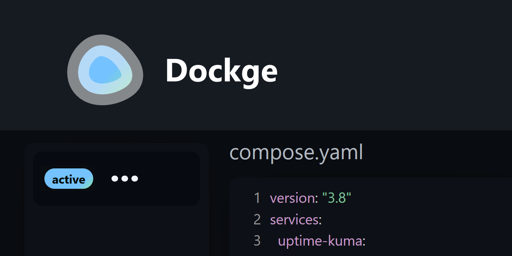

Yes, even IPv4 was intended to give each device in the world their own IP, but the address space is too limited. IPv6 fixes that.
Actually, each device usually has multiple IPv6s, and only some/one are globally routable, i.e. it works outside of your home network. Finding out which one is global is a bit annoying sometimes, but it can be done.
Usually routers still block incoming traffic for security reasons, so you still have to open ports in your router.


Sadly they’ve gone up in price over the last 6 months.
Mindfactory had 16TB for 160€ (10€/TB), but now they want 240€ for 18TB (13.3€/TB).
On eBay there’s sellers like HMCW, which are now also more expensive. But returns/warranty are questionable to say the least.
Edit: I wanna punch myself because I didn’t get one at the time.